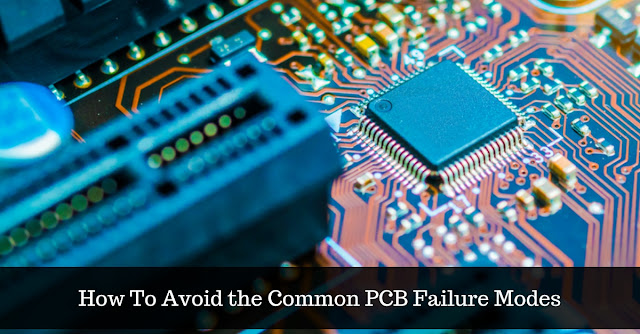Cherry-Pick The Right PCBA Service Provider For Your Repair And Rework

Printed circuit boards are inherently failure-prone no matter what type or brand you are working with it is still one inescapable reality. Moreover, the breakdown of your circuit boards while planning becomes the optimal approach leading to reduced costs. It also mitigates inevitable troubles. Imagining yourself on a tight production schedule where board failure has already led to downtime can be stressful while shipping out your faulty PCBA for service. However, it pays to have trained technicians to discover the root cause of a circuit board’s negligence and examine the extent of its damage. In addition to physical damage to the circuit card, like cracks and corrosion, discrete and power components can deteriorate for a broad range reason. It also includes extreme heat, over or under voltage surges, sags, and age; contaminants like grime and dust are also frequent sources of trace damage. Contacting a repair provider is the best way to ensure that your circuit board assem
